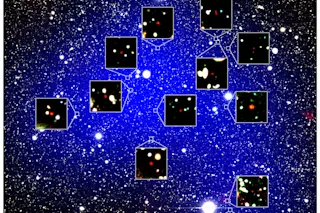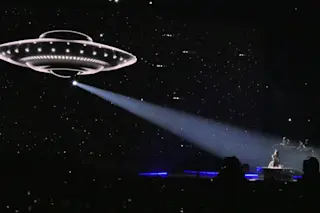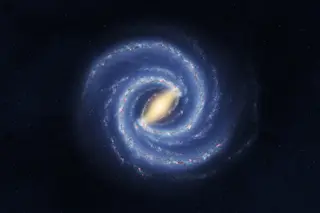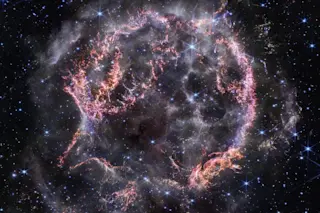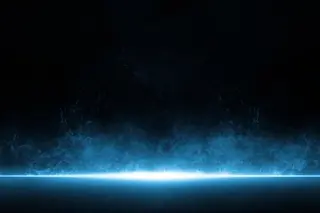Galaxies and dark matter stretch throughout our universe as a vast cosmic web. They cluster together in some areas and leave empty voids in others.
But how early in the universe’s history the clusters began to form is still unknown. Now, researchers have found the most distant and earliest example of a galaxy protocluster, a group of galaxies beginning to clump together, about 13 billion light-years away, they report in a new paper in The Astrophysical Journal. The rare find may add to astronomers’ understanding of how and when today’s galaxy clusters formed and how galaxies’ surroundings affect their evolution.
“By investigating the protoclusters that are ancestors of the clusters, we can study when and how galaxy clusters form and evolve,” said the study’s lead author, Yuichi Harikane of the National Astronomical Observatory of Japan, in an email.
In an effort to understand the large structures that make up our ...


